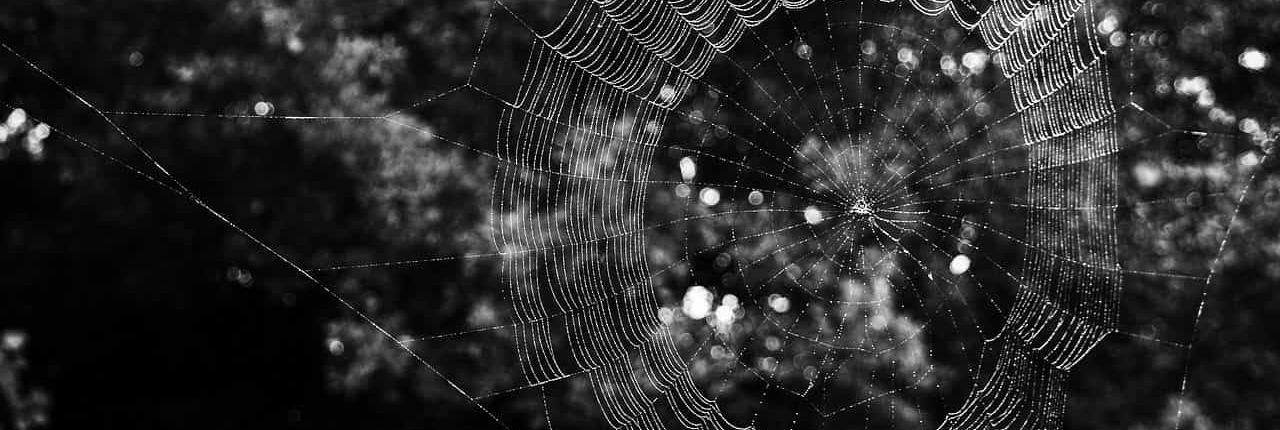Tree Insect Control in KC
There is rarely anything more terrifying for a homeowner than experiencing an insect infestation on their trees and shrubs. Sometimes the insect colonies are obvious and sometimes they are quite inconspicuous.
Insects may be seen on the foliage (leaves) or on the wood (bark). Discussed below are the two different types of insect damage and their characteristics.

Foliar Feeding Insect Damage
The first type of insect damage is known as foliar feeding. The presence of foliar feeding insects may go unnoticed for quite some time. By the time the damage to the leaves is visible, treatment may be questionable. An arborist will not only be able to identify the pest but also recommend suitable treatment if appropriate.
Types of foliar feeders:
Chewing – have chewing mouthparts and get nourishment from leaves.
Symptoms of Chewing – Chewing has a “skeleton-like” appearance to leaves, desiccated (brown or burnt looking) leaves and webbing.
Sucking – elongated mouthparts that penetrate deep into plant tissues.
Symptoms of Sucking – Sucking presents spots on leaves, distorted leaves, deformed leaves, yellowing leaves, dead leaves, honeydew (clear, sticky substance) accumulation and sooty mold accumulation (blackened appearance).
Gall Forming – stimulate gall formation (abnormal plant tissue growth). The gall itself does not harm the tree.
Symptoms of Gall Forming – Symptoms, include, abnormally shaped growths on various parts of the leaf; sometimes seen on the branches and trunk as well. Galls will vary in size, shape and color.
Wood Feeding Insect Damage
The second type of insect damage is known as wood feeding. Weakened and stressed trees are particularly vulnerable to attack by wood feeding insects. Many times the larval stage of these insects is hidden beneath the bark. Wood feeding insects can interrupt the transport of water and essential nutrients needed by the tree.
Types of wood feeders:
Boring – tunnel and feed under the bark of living wood.
Symptoms of Boring – Includes off-color leaves, wilting at ends of branches, dieback of tree crown, cankers on bark, calluses on bark, holes in bark and cracked bark.
Girdling – tunnel and feed around the circumference of a branch.
Symptoms of Girdling – Presents a ring/scar around trunk or branches, girdled limbs break off and fall to the ground and secondary branching.
Insects typically feed on damaged and stressed trees. Insect control along with consistent, sustainable pruning techniques and fertilization methods is your best bet for improving the vitality and longevity of your trees. The Plant Health Care division of Hendrickson Tree Care Company is dedicated to providing the best up-to-date pest control services available.


